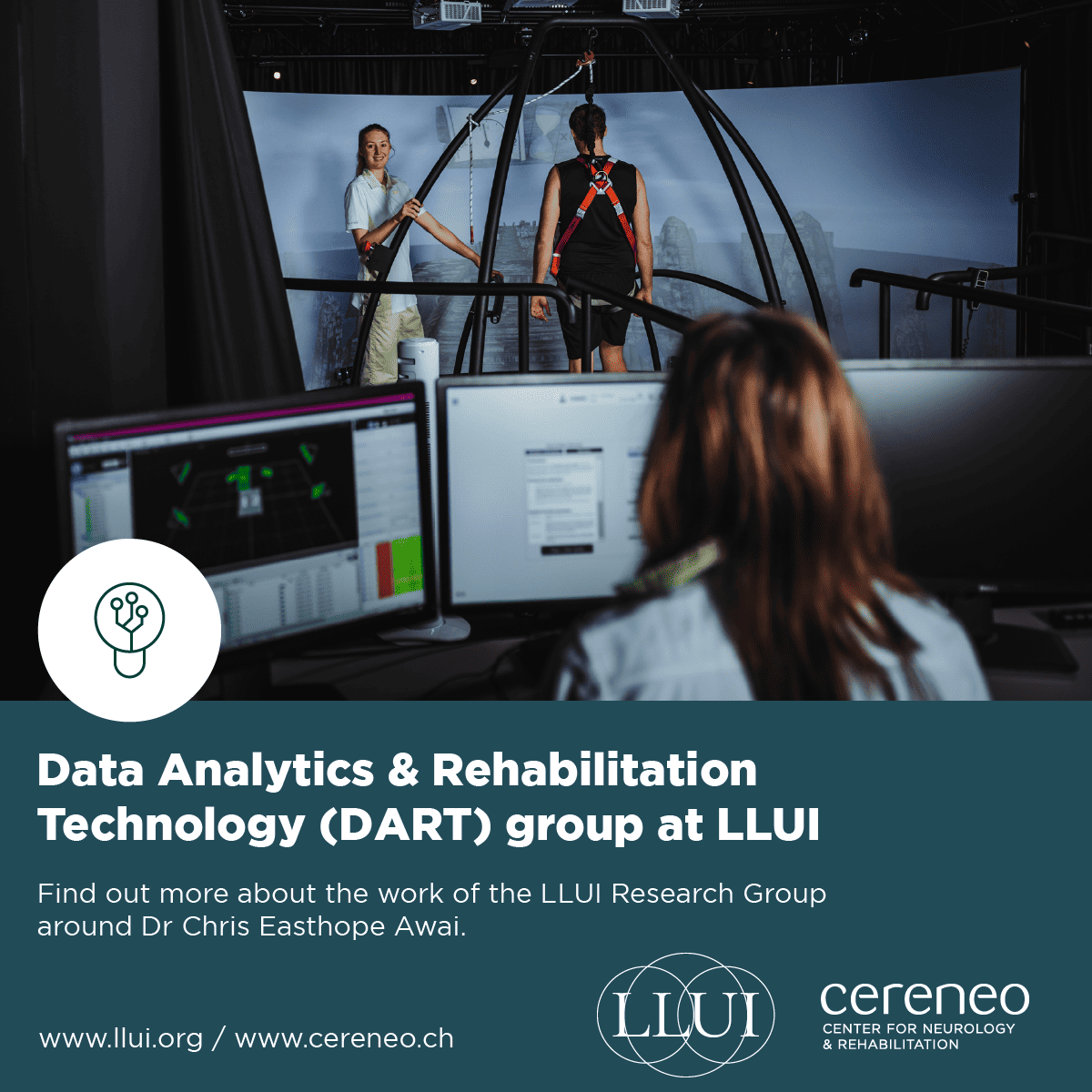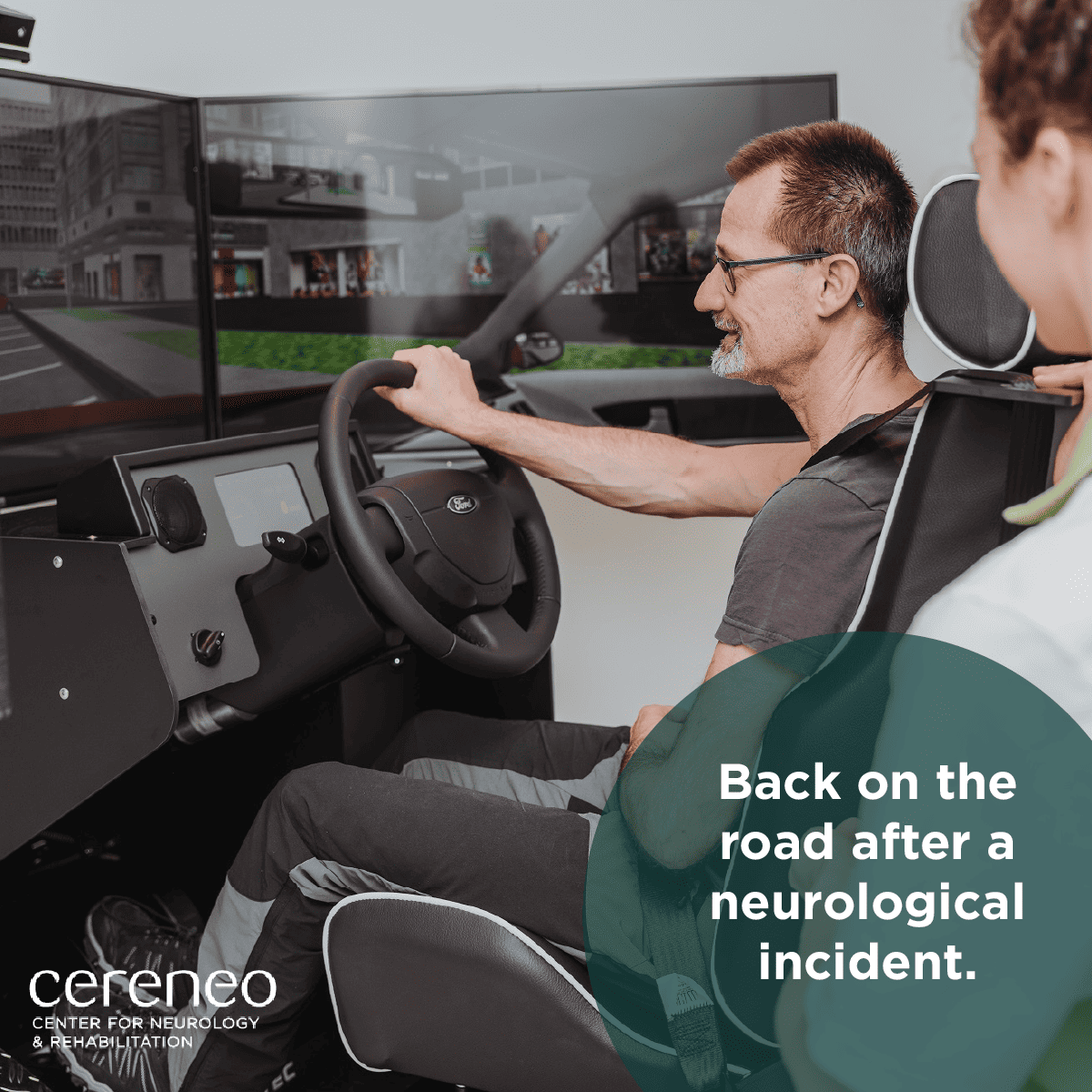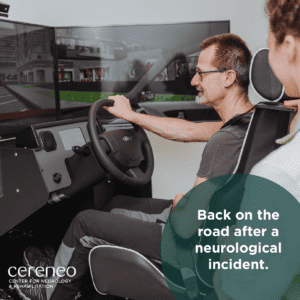What is happening to me?
When a person experiences a stroke, it can be an overwhelming event and a difficult situation for both the patient and his or her family. Within only a few seconds, a stroke can cause a (long-term) change in someone’s ability to move, to their emotional health, cognition, swallowing capacity or a combination of the aspects mentioned, resulting in a decrease in body function, numbness, weakness, difficulties speaking out loud or feeling pain, for example.
The effects of a stroke can vary and depend on the type of stroke and the affected side of the brain. It is often a damaging experience that requires adequate and immediate medical attention. But there is hope: A patient’s speaking ability, mental clarity and physical movement can improve over time, even months after the event. This remarkable ability of the brain offers comfort to both stroke survivors and patients.
Recovery is a personal journey and always requires an individual treatment plan or therapy approach, to address the neurological deficits in the best way possible. In order to achieve the best possible recovery in neurorehabilitation, it is important that a patient is intrinsically motivated and that support from family and friends is included as well.
In neurorehabilitation, therapists and patients work closely together to regain lost body function and improve the patient’s cognitive ability. Patients recover and receive support in a variety of ways. Besides the guidance, help and clarifications that clinical staff offers to patients, it’s always useful to have a realistic view on what to expect in the future and the relearning of lost skills.
1. The First 24 Hours
The day that it happened to you.
The day that some of your brain cells did not receive enough oxygen, caused by a blockage in the blood flow (ischemic stroke) or the rupture of an artery in the brain (hemorrhagic stroke). Ischemic strokes are usually treated with drugs that help resolve the blockage, while hemorrhagic strokes often require surgery.
After understanding that something is wrong, you are rushed into the hospital where you will receive acute medical treatment at a stroke unit. The faster you receive medical care, the better the outcomes will be.
2. The Day After
After the stroke has been treated, rehabilitation starts.
The physician in charge will provide you and your family with a summary about the course of events, your current medical status and the next steps to take. This stage may also include passive rehabilitation lead by the stroke unit staff, for example exercises performed from the bed.
In the meantime, your relatives are busy collecting information about different rehabilitation centres (NOTE: you can receive this info from your neurologist), similar experiences among friends and family, and recovery. Since quickly starting with rehabilitation after suffering a stroke is important, they feel the urge to find an empty bed in a centre that meets their needs, as soon as possible.
Patients suffering a minor stroke are usually released one week after being admitted to the hospital, whereas severe strokes require patients to stay longer and receive more intensive care.
3. First Weeks
In the weeks following a stroke the brain is in a heightened state of plasticity. Intensive neurorehabilitation supports spontaneous recovery, which means that the more you put into it, the more you get out of it.
In this period of time, you will mostly start to work with professionals that specialise in stroke or neurorehabilitation, such as neuropsychologists, occupational, physical, and speech & swallowing therapists. Occupational therapists will help you relearn daily-life activities, like cooking, brushing your hair and getting undressed.
4. Three Months
The heightened state of plasticity in the brain slowly decreases. Acquiring the same recovery results seems harder, and improvements seem to be more trivial than in the beginning. At this stage, it is important to stay motivated and to focus on small(er) achievements.
One way to overcome this slow and startling process, is by integrating intense exercises that are part of HIT treatment, for example, or increasing different therapies such as speech and language therapy, clinical nutrition measures, movement therapy, neuropsychology activities, that should be incorporated in your personal training programme.
5. After Six Months to a Year
After having received treatment, you and your family have increasingly come to terms with what happened. It has been a whirl wind and some things are still difficult for you. Relearning is not something to underestimate, and you’re surprised by how much effort you have to put in the recovery process, even to achieve the smallest results.
After six months you might have improved your walking ability, while before you very much enjoyed a Sunday morning run every once in a while. Together with your speech-language therapist you have worked on your pronunciation, while you have never been ‘the quiet one’ during work meetings at your former job. Your partner cooks mostly with nutritious ingredients, since maintaining a normal weight supports your physical endeavour during the daily training with your physical therapist and at home. And still, you often feel tired and sometimes, even a bit grumpy.
Even though it is not always easy for you and your social environment, you have learnt to give yourself time, be patient and work towards your goals. It’s very special to see how little achievements can make everyone proud!
6. Reflection
Depending on the location of the stroke and its severity, most patients regain more independence. Even if limited, the brain’s self-healing abilities and relearning functions are best supported by personal and intensive training for maximum effectiveness.
Stroke recovery is possible, at any given age
Even if a patient did not receive enough rehabilitation soon after a stroke event, it can still be possible to treat neurological deficits and improve a person’s cognitive capacity, ability to move, speak and swallow — sometimes even after a few years.
Always consult a neurologist to get the latest updates about your personal status. If you have questions about your own recovery after reading the article above, please get in touch with us via the contact form on our website.










